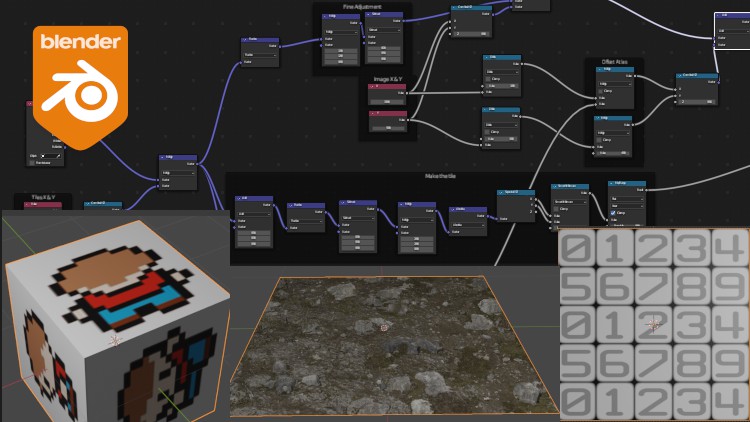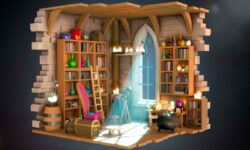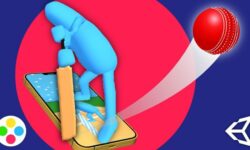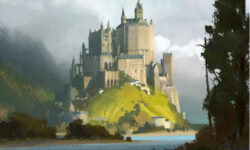Shader Magic in Blender Ver 341 and above by Joaking Tornhill
Release date:2023, February
Duration:14 h 18 m
Author:Joaking Tornhill
Skill level:Beginner
Language:English
Exercise files:Yes
That sounds like an exciting course! I’m glad to see that you will be covering a wide range of topics related to creating game assets and shaders in Blender. It’s great that you will be focusing on the fundamentals and techniques that can be applied across different game engines, which will provide a solid foundation for aspiring game artists.
I’m also intrigued by the Blender-specific topics you mentioned, such as finding edges on models, creating scratches and dirt, and using procedural patterns with the radial gradient. These are unique features of Blender that can add a lot of detail and realism to game assets, and it’s great that you will be covering them in your course.
As a Technical Artist with over 10 years of experience in Blender and a background in a highly-ranked 3D school, I’m sure you will provide valuable insights and practical tips to help students improve their skills and create visually appealing game assets. I’m looking forward to learning more about the techniques you will be teaching in your course and how they can be applied to create shader magic in Blender!
Good luck with your course, and I’m sure your students will greatly benefit from your expertise!
In this course, you will learn:
- The most common shader techniques used in games: You will be introduced to various shader techniques that are commonly used in game development, such as vertex painting, flow maps, parallax mapping, texture atlases/sprite sheets, Sobel edge detection on textures, trimsheets, and more. You will learn how these techniques can be used to create visually appealing game assets.
- Working with Blender Shader nodes: You will learn how to use Blender’s powerful node-based shader editor to create complex shaders. You will understand the different types of shader nodes available in Blender, how they work together, and how to create custom shaders using node networks.
- Creating procedural shapes from scratch in Blender: You will learn how to create procedural shapes, such as rocks, trees, and terrains, from scratch using Blender’s procedural texture nodes. You will understand how to manipulate parameters, create patterns, and generate realistic procedural shapes for game assets.
- Vector math in shaders: You will learn how vector math works in shaders, including concepts like cross product, dot product, face forward, and snap. You will understand how these mathematical operations can be used to manipulate vectors in shaders and create various effects, such as normal mapping, lighting calculations, and more.
- Blender-specific shader techniques: You will learn Blender-specific shader techniques, such as finding edges on models, creating scratches and dirt, and using radial gradients to create procedural patterns. These techniques are unique to Blender and can add realistic details to game assets.
By the end of the course, you will have a solid understanding of shader techniques commonly used in games, how to work with Blender’s shader nodes, how to create procedural shapes from scratch, and how vector math works in shaders. This knowledge will allow you to create visually appealing game assets and apply shader magic in Blender.





 Channel
Channel






missing 50 file